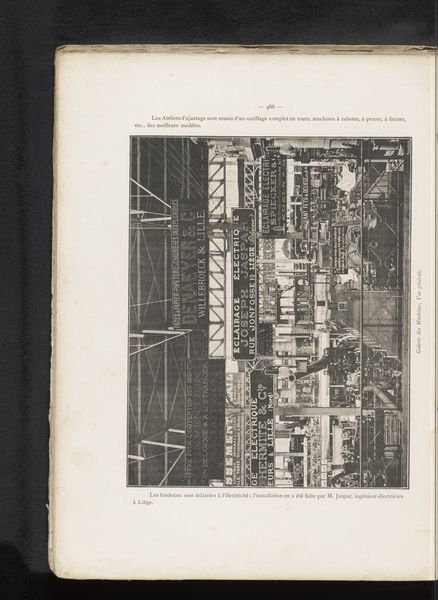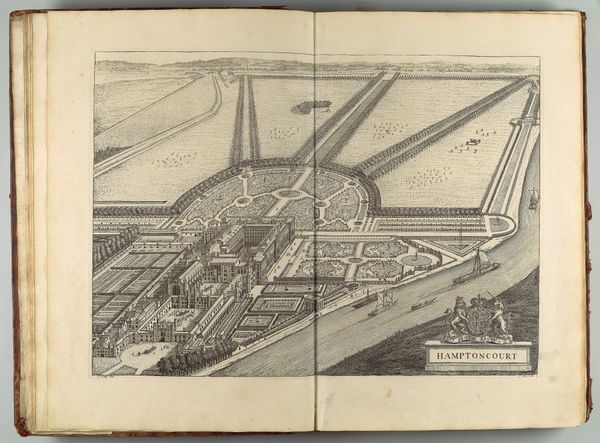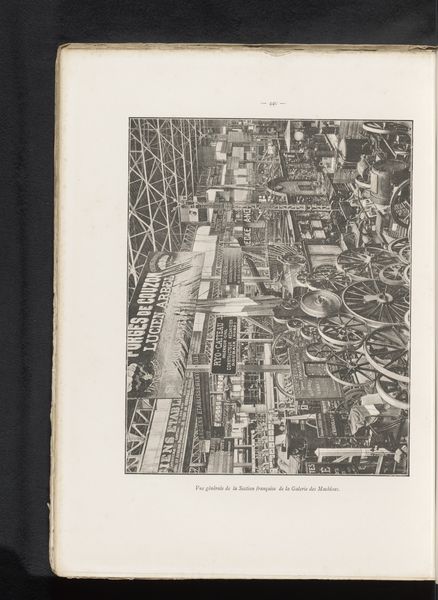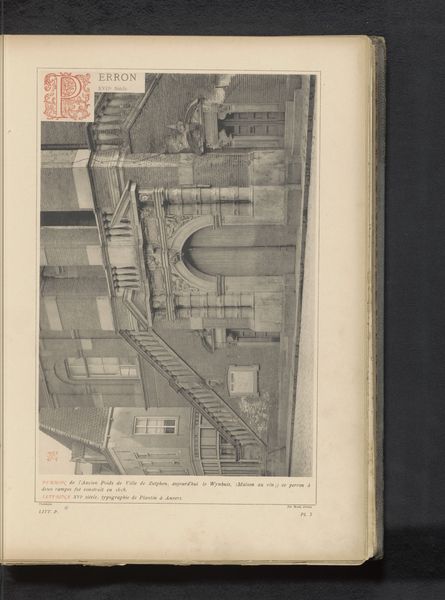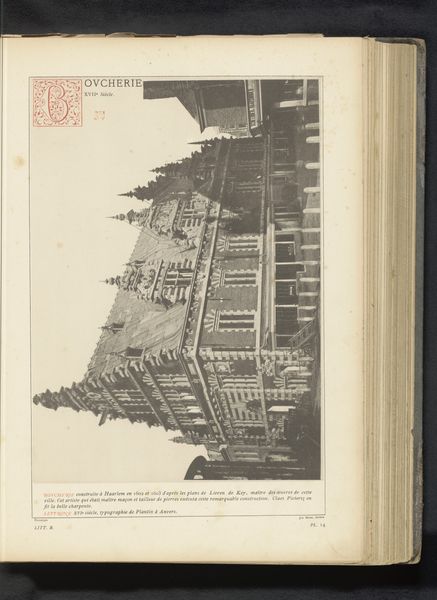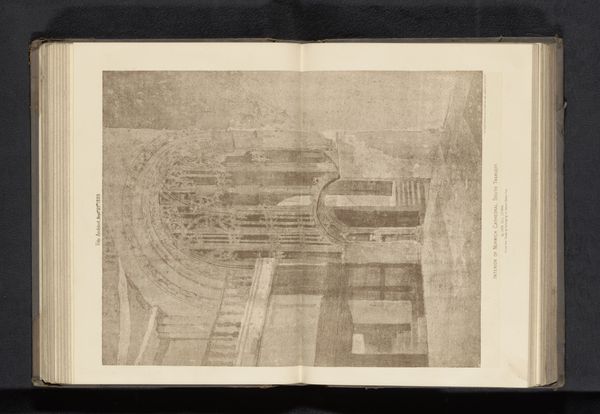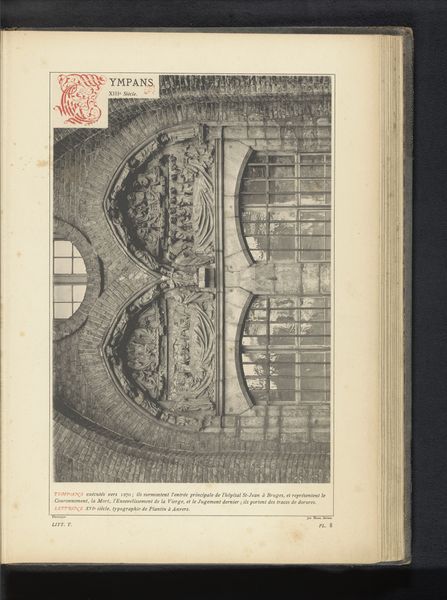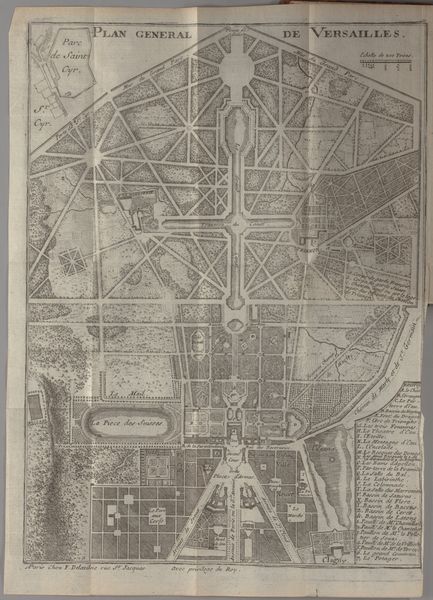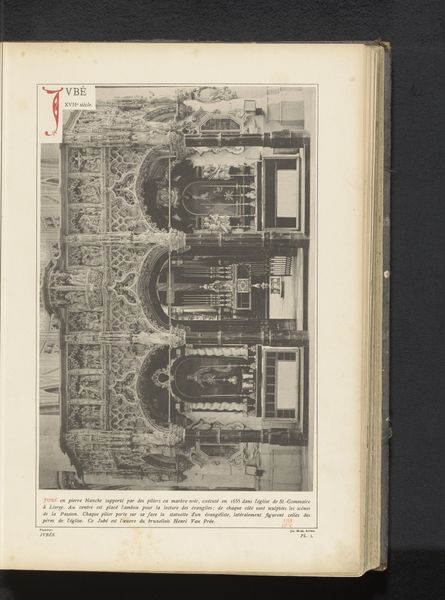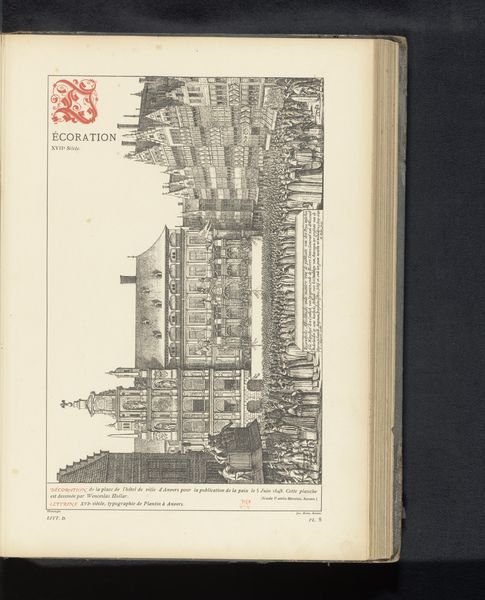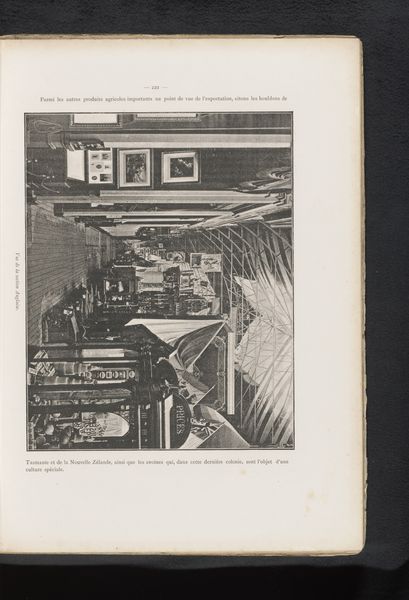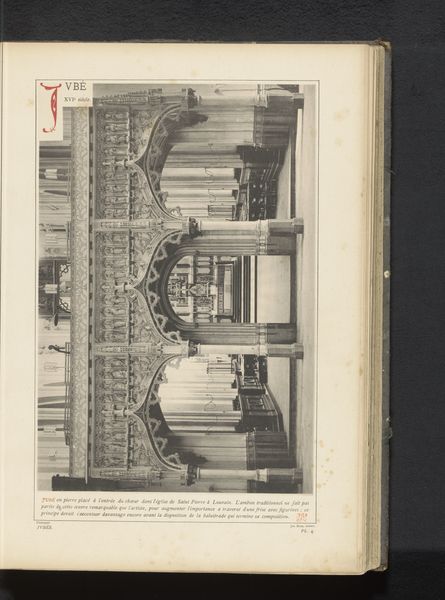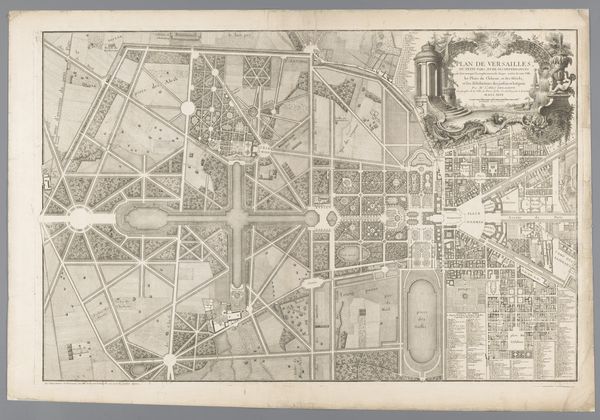
print, photography, architecture
#
medieval
# print
#
photography
#
geometric
#
architecture
#
realism
Dimensions: height 340 mm, width 234 mm
Copyright: Rijks Museum: Open Domain
Curator: Let's discuss this photogravure reproduction, simply titled, "Zijportaal van de Sint-Martinusbasiliek te Halle," capturing a side portal of the Basilica of Saint Martin in Halle, made before 1889 by an anonymous artist. What's your initial impression? Editor: Immediately, I’m struck by the somber and weighty atmosphere. The intense, almost claustrophobic detail of the stonework communicates a sense of permanence but also constraint, doesn't it? You almost feel the weight of history. Curator: I agree, and it speaks volumes about the institutional power embedded within religious architecture, doesn't it? These imposing facades weren't just aesthetic choices; they actively shaped the socio-political landscape of their time, enforcing specific ideologies. We see how photographic prints could circulate such narratives of established power. Editor: Exactly. And thinking about how the church often functioned as a symbolic nexus for community identity, I'm curious about whose narratives are included, or excluded, by its enduring presence. What stories do those carved figures in the tympanum tell, and whose voices are absent from that depiction of medieval life? The geometric structure dominates a composition, it makes me think that some kind of system could try to shape its presence in order to keep an audience submitted. Curator: Precisely! And in examining the photograph itself as a material object, we have to consider its own agency in perpetuating these narratives. Who commissioned it? How was it circulated, and to what audience? Was it meant for archival purposes, public consumption, or something else entirely? I think that's important when thinking about visual objects. Editor: Indeed, contextualizing its journey through institutions helps reveal the power dynamics at play in its reception and interpretation. What might this image have meant to audiences then, and how might our own contemporary perspectives inflect its meanings now? It's fascinating how a seemingly simple photograph invites such layered interrogation. Curator: Absolutely, and hopefully, this discussion offers a fresh perspective on understanding how architecture, photography, and socio-political forces intertwined to shape our historical understanding. Editor: It has; recognizing the artwork as an agent within complex historical narratives really enriches our appreciation, doesn’t it?
Comments
No comments
Be the first to comment and join the conversation on the ultimate creative platform.

